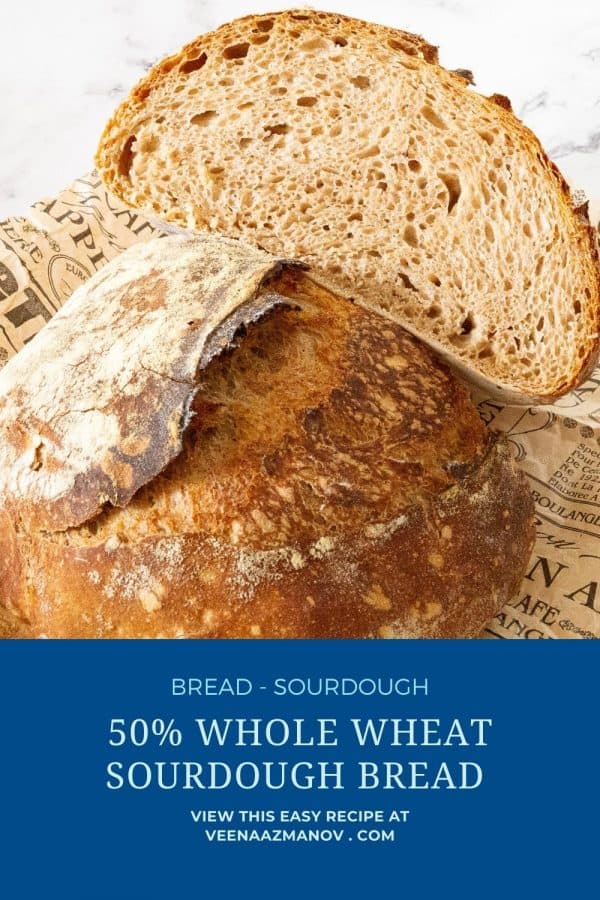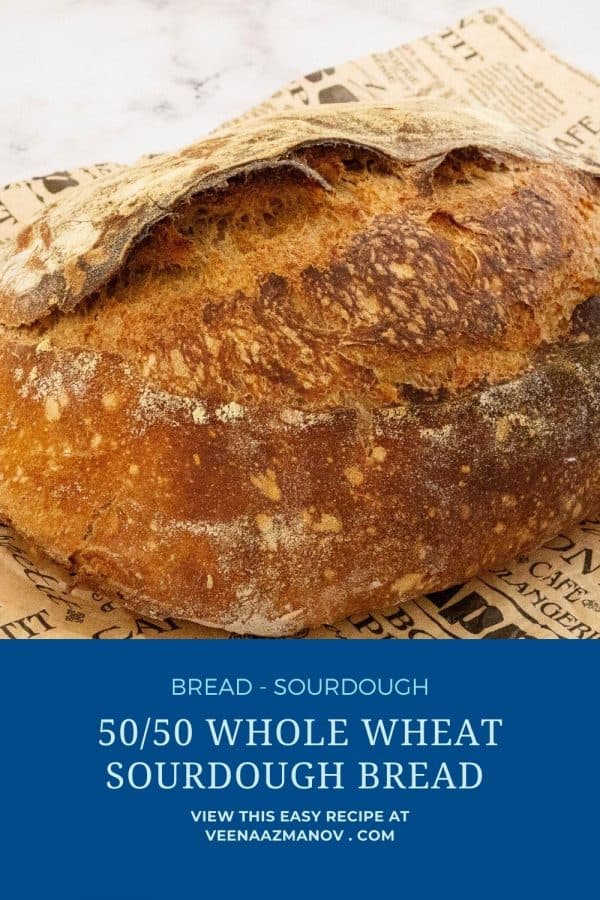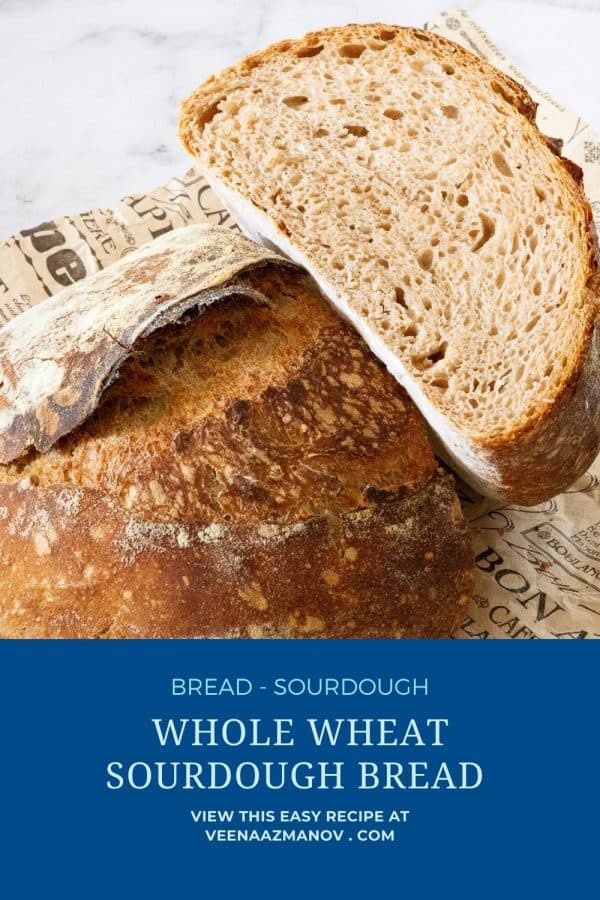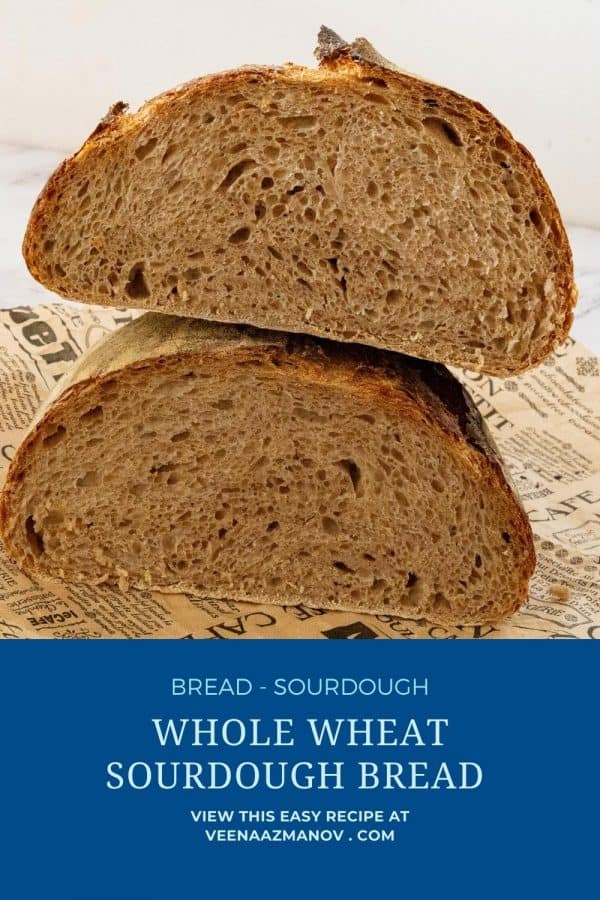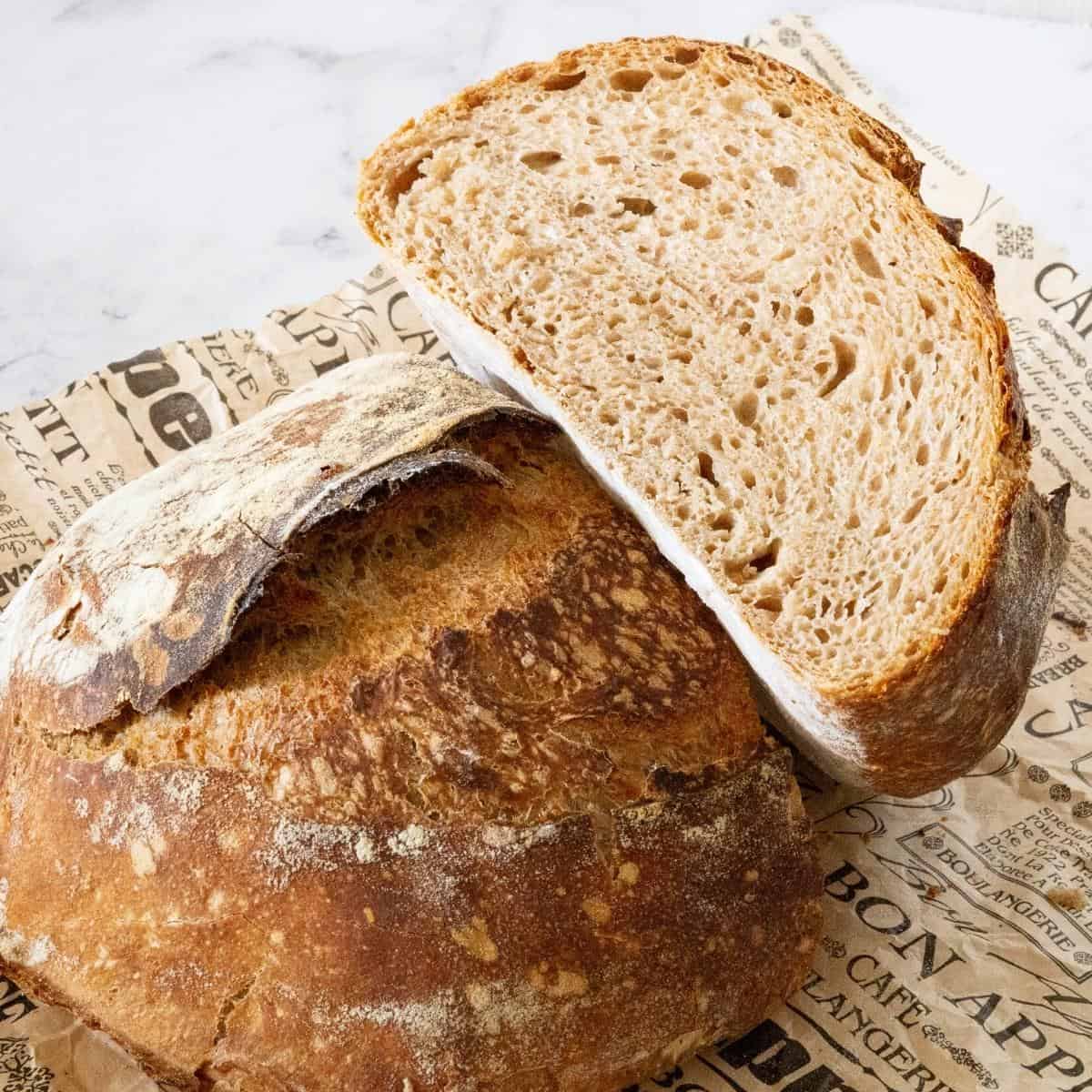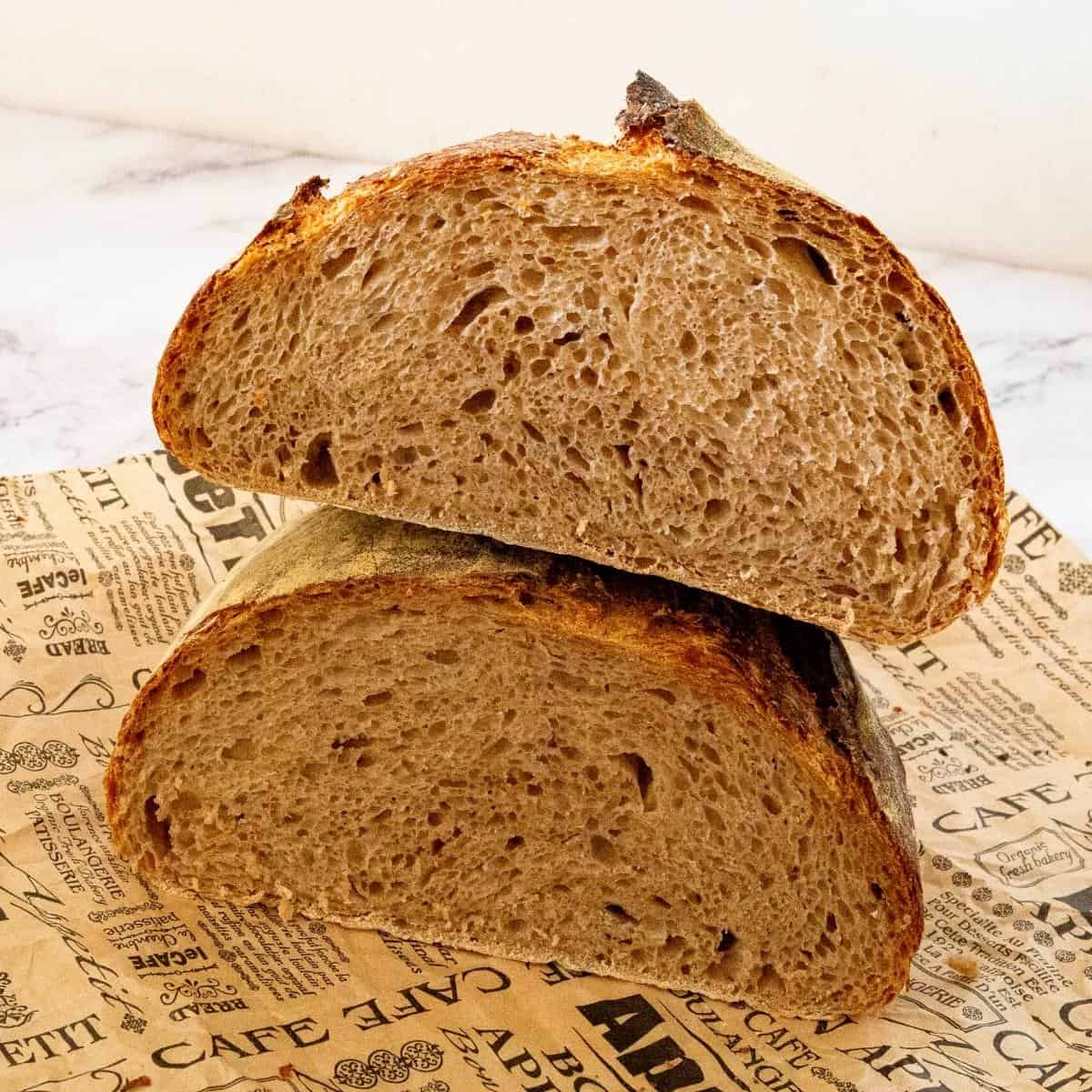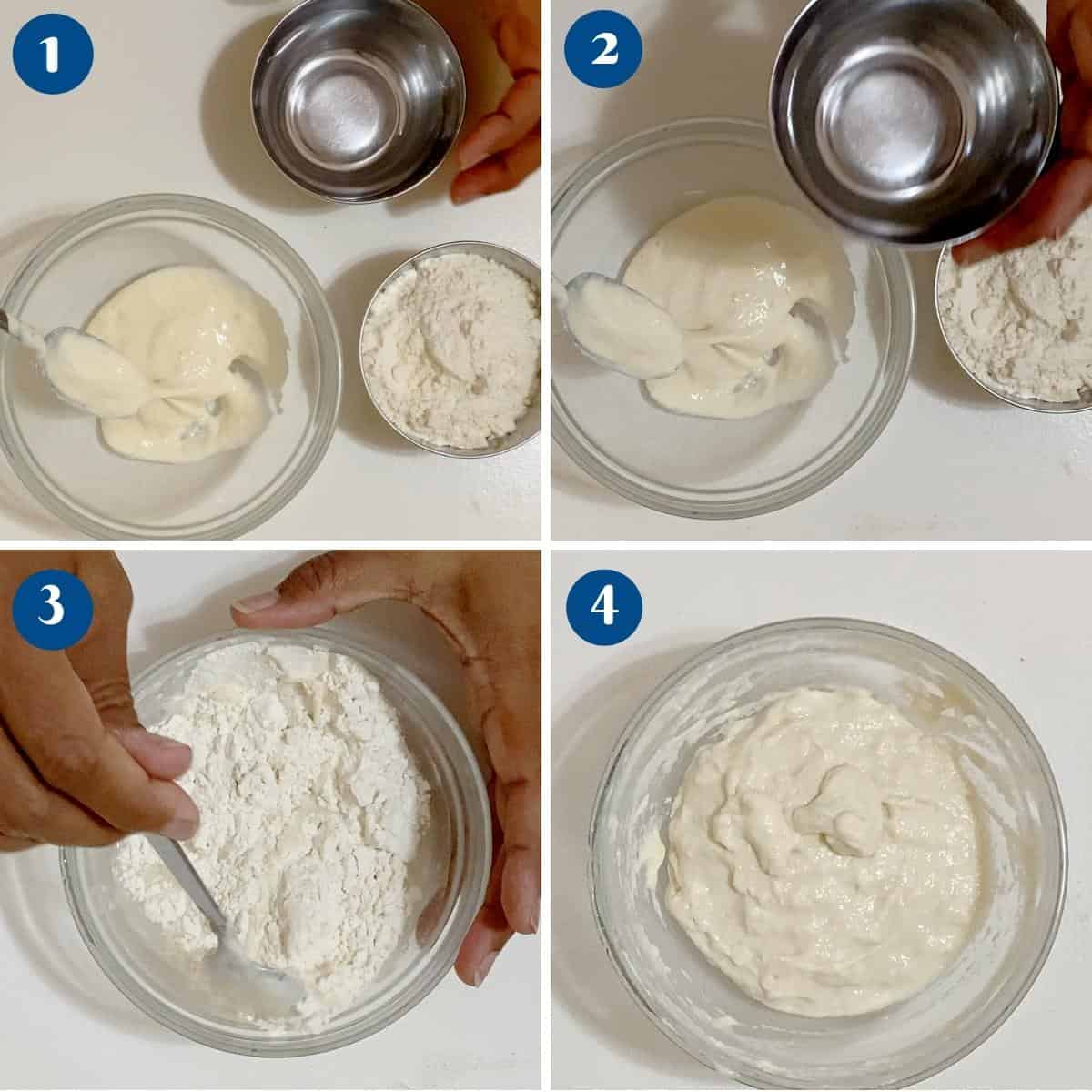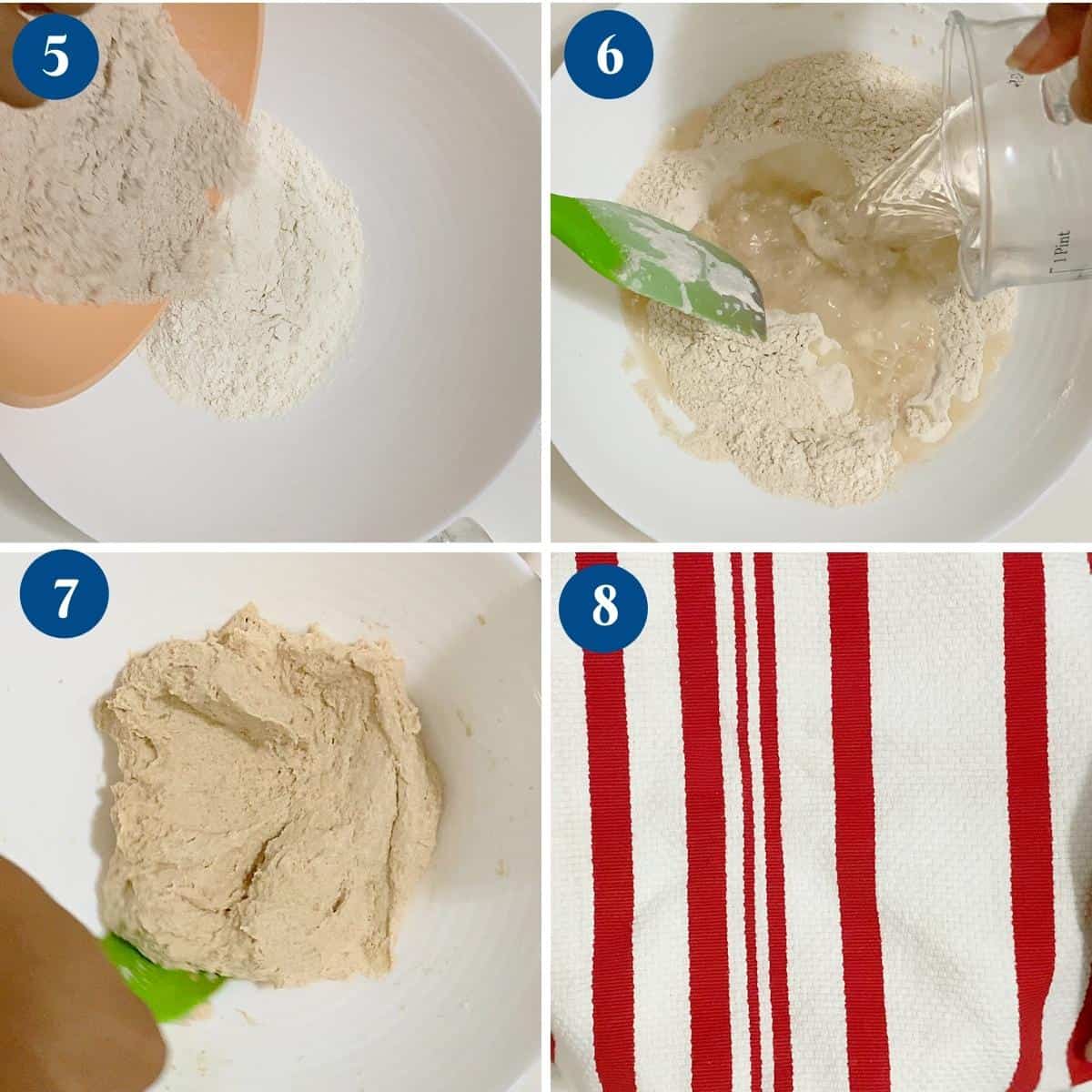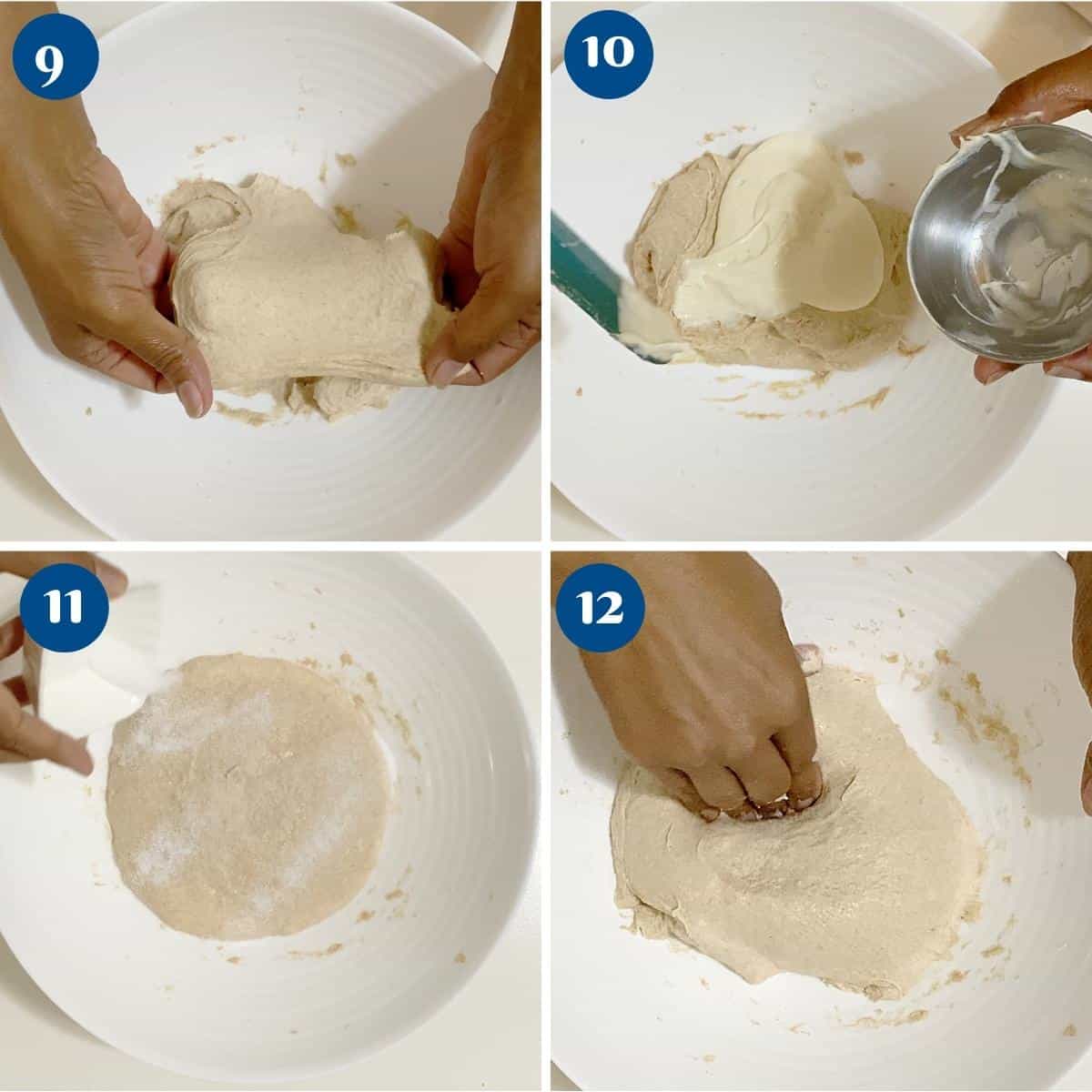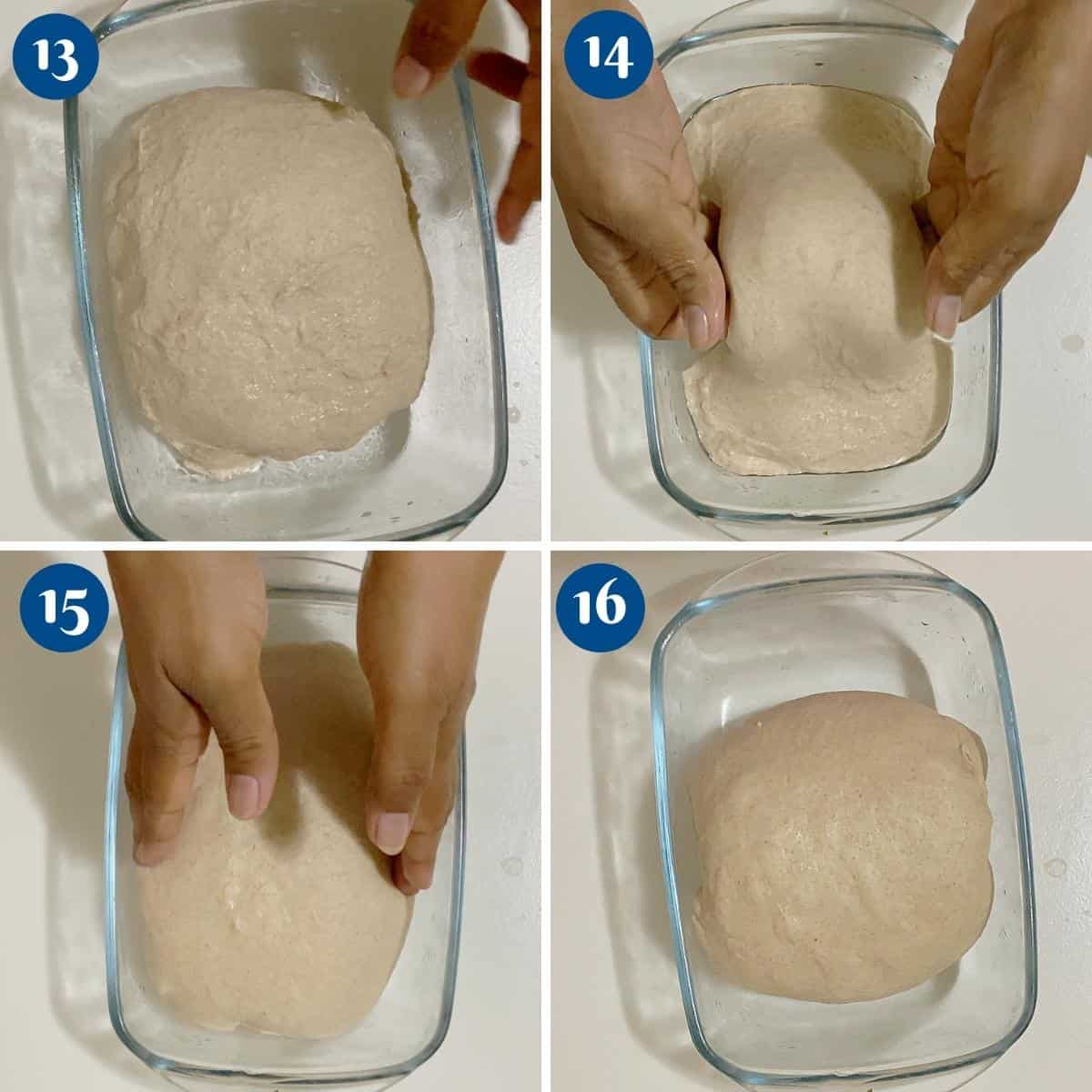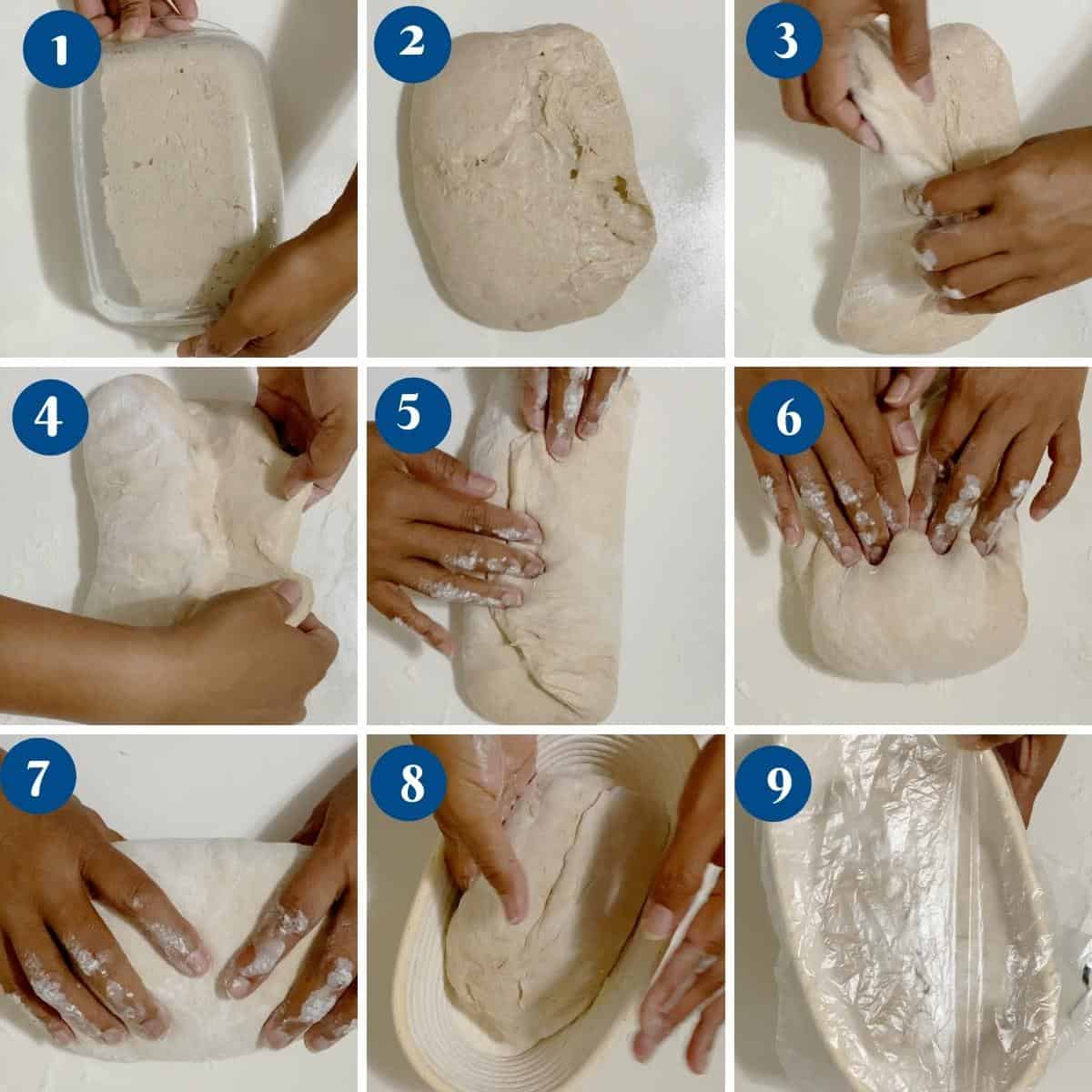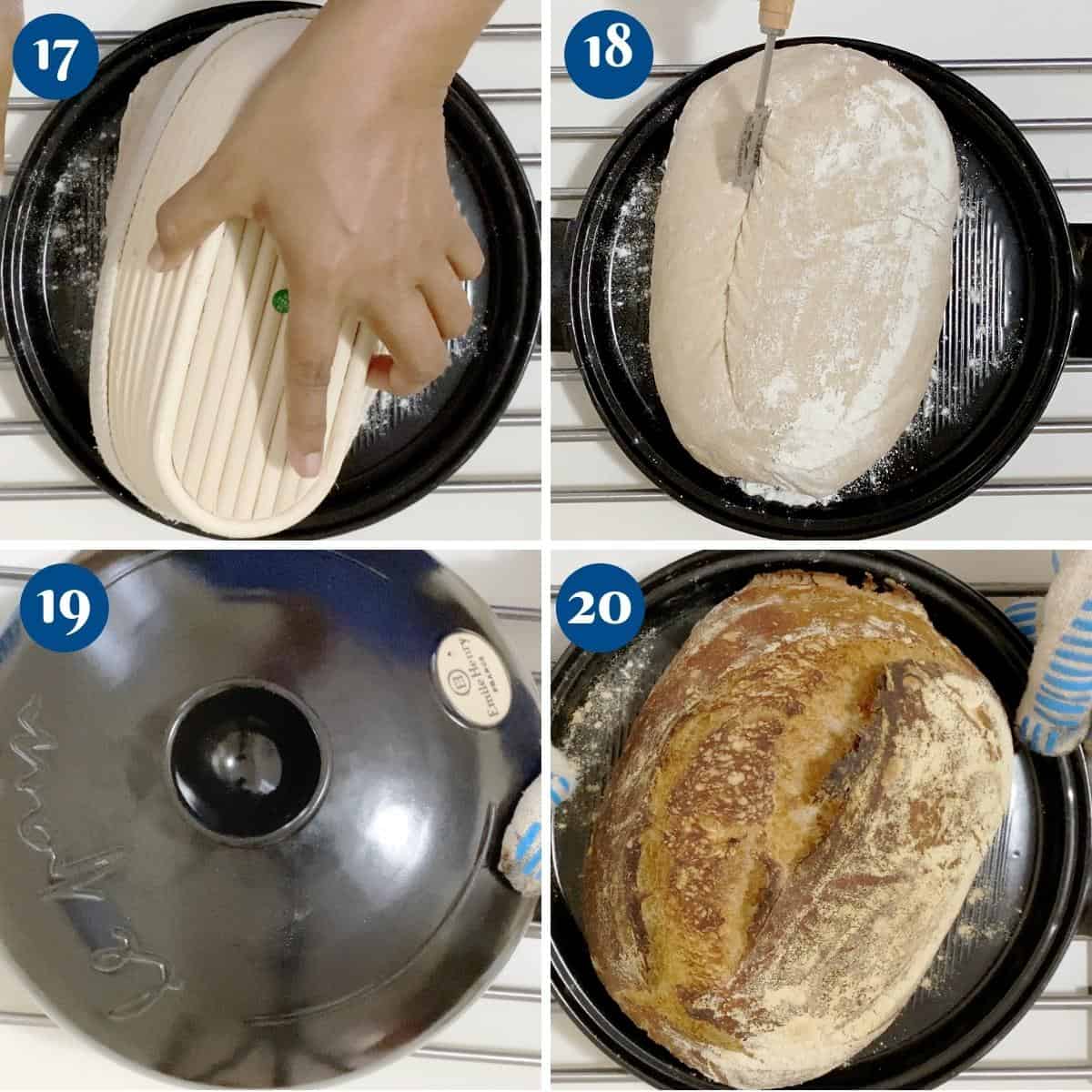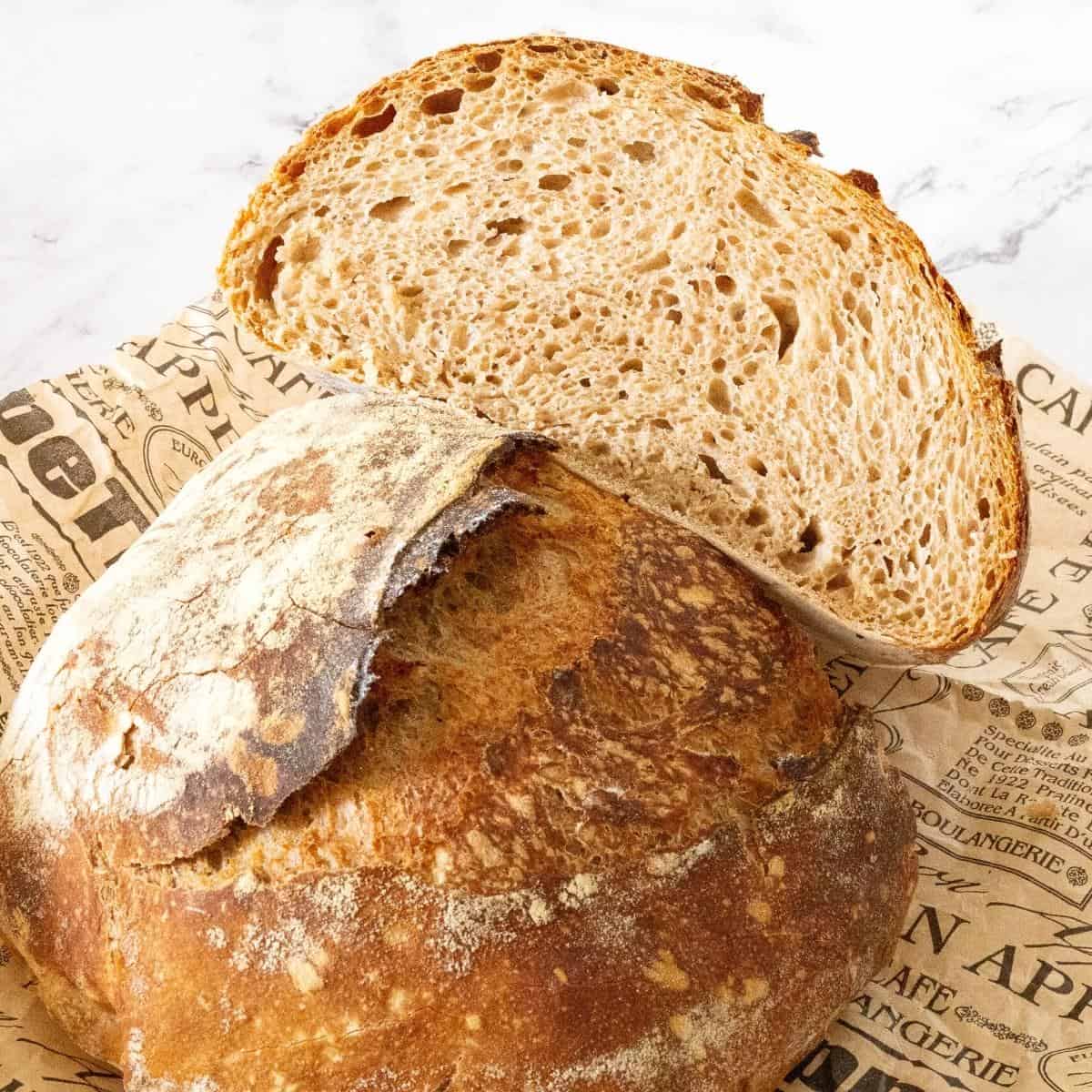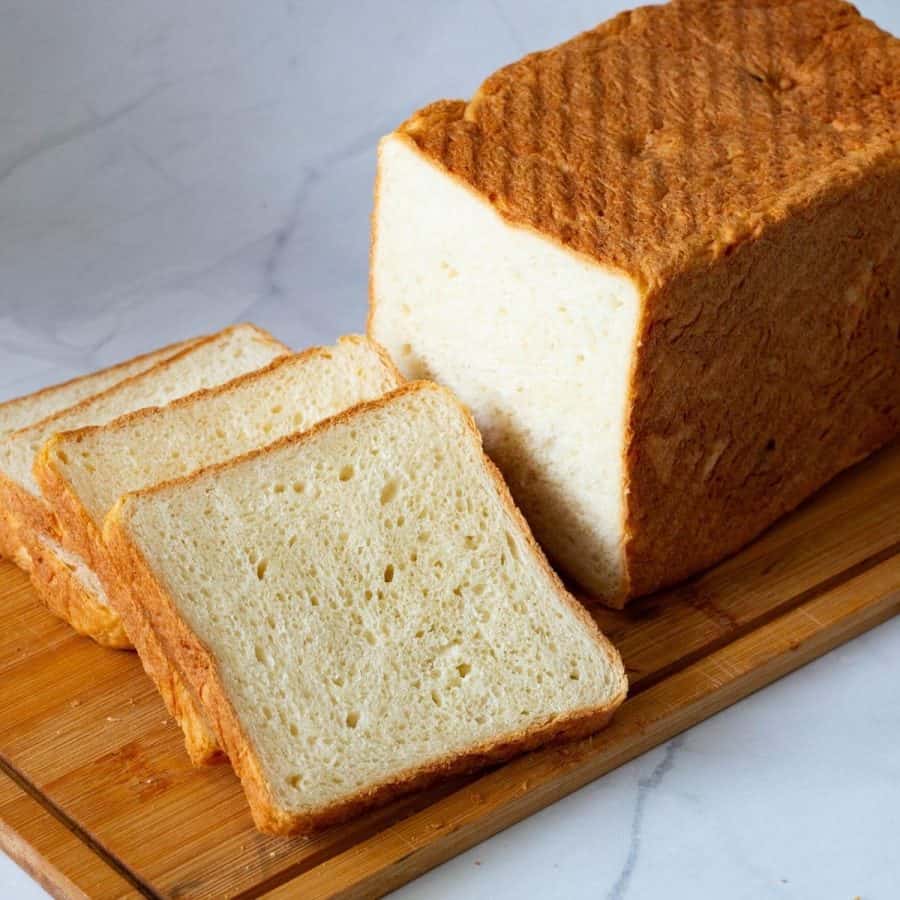The importance of sourdough lies in its transformative power, not only for the bread’s flavor but also for its nutritional value and digestibility. The unique fermentation process of sourdough bread involves natural yeasts and bacteria breaking down the carbohydrates and proteins in the dough, resulting in a bread that is easier to digest and gentler on the stomach. This process also enhances the bioavailability of nutrients, making them more readily absorbed by our bodies. But the benefits of sourdough don’t end there. When compared to commercial yeast bread, sourdough bread boasts a lower glycemic index, meaning it has a slower impact on blood sugar levels. This is due to the presence of lactic acid in sourdough, which helps to regulate the release of glucose into the bloodstream. For those who are mindful of their blood sugar levels or are following a low-carb diet, incorporating sourdough into their baking routine can be a game-changer. The tangy flavor that defines sourdough bread comes from the production of acetic acid during fermentation. This acidity not only gives the bread its distinctive taste but also acts as a natural preservative, helping to extend its shelf life without the need for added chemicals or preservatives. So, not only will your homemade sourdough bread tantalize your taste buds, but it will also stay fresher for longer, allowing you to savor its tangy goodness over several days. Moreover, sourdough bread is a part of culinary tradition that spans centuries. Baking sourdough is not just about creating a loaf of bread; it’s about connecting to a rich heritage of artisanal baking and timeless techniques. By embracing sourdough, you become part of this legacy, carrying forward the art and science of fermentation and preserving a centuries-old tradition that is as relevant today as it ever was.
Bakers schedule
Day 1:
9:00 am: Autolyse 10:00 am: Mix in starter and salt, then set in proofer at 79°F. Rest for 45 minutes. Perform 3 sets of stretch and folds every 30 minutes. 2:30 pm: Pre-shape and bench rest for 30 minutes. 3:00 pm: Shape and place in the fridge for 18 hours.
Day 2:
Next day: Bake at 450°F for 20 minutes with the lid on, then 20 minutes with the lid off.
Step-by-step: Whole wheat sourdough bread recipe
Step 1: Refresh Your Sourdough Starter: Before diving into the bread-making process, it’s crucial to ensure that your sourdough starter is active and ready to go. Take it out of the fridge and let it sit at room temperature for a couple of hours to warm up. Then, discard all but a small amount of the starter and feed it with equal parts of flour and water. Mix well and leave it to ferment for at least 3 to 5 hours, or until it becomes bubbly and doubles in size.
Step 2: Autolyze: In a large mixing bowl, combine the whole wheat flour, all-purpose flour, and water. Use a wooden spoon or your hands to mix everything until the dough comes together and there are no dry spots. Cover the dough and leave to rest for an hour.
Step 3 Starter/salt: After the autolyze, it’s time to incorporate your active sourdough starter followed by the salt to the dough. Using your hands or a dough scraper, gently fold and knead the dough until the starter and salt are fully incorporated. Once the starter and salt are well mixed, cover the bowl again and let the dough rest for 30 minutes. This short rest will make it easier to handle the dough during the next step.
Step 5: Stretch & fold x 4: It’s time for the stretch and fold technique. Wet your hands to prevent sticking and grab one side of the dough. Stretch it up and fold it over the rest of the dough. Rotate the bowl and repeat this process for each side of the dough until you’ve completed a full round (4 folds in total). Cover the bowl and let the dough rest for 30 minutes. Repeat the stretch and fold process three more times, allowing the dough to rest for 30 minutes between each set. This technique helps develop the gluten structure and creates tension in the dough, resulting in a beautiful, airy crumb. Step 6: Rest: After the final set of stretches and folds, cover the bowl and let the dough bulk ferment at room temperature (78℉/25℃) for an hour.
Step 7: Shape: Once the dough has doubled, it’s time to shape it into an oval loaf. Gently transfer the dough onto a lightly floured surface and fold the sides toward the center, creating tension on the surface. Then, starting from the top, roll the dough tightly towards you, creating a log shape. To shape the dough First, stretch the sides and bring the sides toward the center. Next, fold the top of the dough to the center. Then, the middle toward the bottom. Turn the dough and fold again until you have a small tight sausage.Pro tip – Rolling the dough on the oil-sprayed surface will create surface tension and prevent the dough from drying out. You can also shape this dough into an oval or round shape.
Step 8 : Cold proof: Generously dust a 9-inch oval banneton basket with flour. Place the loaf smooth side down (seam side up) in the basket. Cover and leave the bread to rise in the refrigerator (38°F / 3°C) for 18 hours.Pro tip – This is one large loaf in a 9-inch oval banneton but you can also make 2 x 6-inch bannetons for two small loaves. Step 9: Preheat: Preheat the oven to 450°F / 230°C / Gas mark 8 with a cloche or Dutch oven for at least an hour.Pro tip – To get a nice crust on the loaf, it is important to heat the cloche or Dutch oven in the oven for at least an hour.
Step 10 : Score: When the cloche is preheated remove it out of the oven with oven gloves. Invert the bread onto the base and dust it with flour to prevent sticking. Then, using a bread scoring tool or sharp knife, score the bread making a deep (almost 1/4 inch) cut. If you use a dutch oven score the loaf on parchment paper and gently place it in the pot.Pro tip – Scoring the bread will allow for steam to escape the bread. If you do not score it, will cause a natural burst, which can misshape the loaf. Step 11: Bake: Cover the Dutch oven with its lid (or use a large oven-safe bowl to cover the baking stone) and bake for 20 minutes. After 20 minutes, remove the lid (or bowl) to allow the crust to brown and bake for an additional 20-25 minutes, or until the crust is deeply browned and the internal temperature of the bread reaches at least 205°F (96°C). Rest: Remove the bread from the oven and let it cool on a wire rack for at least 1 hour before slicing.
Troubleshooting
One common challenge is achieving the right rise in your sourdough bread. If your loaves are consistently dense and heavy, it could be due to underproofing. Remember that sourdough bread requires time to ferment and rise, so be patient and give your dough ample time to develop those beautiful air pockets. On the other hand, if your bread ends up flat and overly spread out, it may have been overproofed. Adjusting the proofing time and temperature can help you strike the perfect balance. Another potential issue is a lack of sourness in your bread. If your sourdough is turning out milder than you prefer, consider extending the fermentation period. This allows more time for the lactobacilli bacteria to create that tangy flavor profile. Alternatively, you can also experiment with increasing the proportion of sourdough starter in your recipe to enhance its tanginess. In some cases, you may encounter problems with your dough being too sticky or too dry. If your dough feels excessively sticky and unmanageable, try reducing the hydration level by adding a bit more flour. On the other hand, if your dough feels dry and difficult to shape, gradually incorporate small amounts of water until you achieve the desired consistency. Remember, finding the right hydration level may require some trial and error, so don’t hesitate to adjust as needed. Lastly, if your crust is turning out too thick and hard, it could be a result of baking at too high a temperature or for too long. Experiment with lowering the oven temperature slightly and reducing the baking time to achieve a crust that is perfectly crisp without being overly tough.
Creative variations
Add Some Spice: Elevate your sourdough bread by incorporating different spices into your dough. Experiment with aromatic spices like cinnamon, nutmeg, or cardamom to create a warm and comforting loaf. For a savory twist, consider adding herbs like rosemary, thyme, or garlic to your dough. The subtle infusion of these flavors will surely delight your taste buds. Get Cheesy: Who doesn’t love a little cheese in their bread? Incorporating cheese into your sourdough dough can add richness and depth of flavor. Try adding shredded cheddar, grated Parmesan, or crumbled feta to your dough, and watch as the cheese melts and creates pockets of gooey goodness throughout your loaf. Go Nuts: For a delightful crunch and added nutritional value, consider adding a variety of nuts to your sourdough bread. Walnuts, almonds, or pecans can bring a wonderful texture to your loaf, creating a perfect balance of soft and crunchy. Toast the nuts beforehand to intensify their flavors and incorporate them into the dough right before shaping your loaf. Sweeten the Deal: If you have a sweet tooth, why not experiment with sweet additions to your sourdough bread? Add dried fruits like raisins, cranberries, or apricots for little bursts of sweetness. You can also incorporate a touch of honey or maple syrup into your dough for a subtle, natural sweetness that complements the tanginess of your sourdough.
Creative ways to use sourdough bread
Sourdough French Toast: Make a decadent and flavorful French toast with thick slices of sourdough bread. Dip the slices in a mixture of eggs, milk, vanilla extract, and cinnamon, then fry them until golden brown. Top with your favorite toppings like fresh fruit, maple syrup, or powdered sugar. Sourdough Croutons: Cube sourdough bread, toss it with olive oil, garlic, herbs, and a pinch of salt, then bake until crispy. These homemade croutons are perfect for salads, soups, or crunchy snacks. Sourdough Grilled Cheese: Upgrade your grilled cheese sandwich by using sourdough bread. The tangy flavor of the sourdough pairs wonderfully with gooey cheese. Add some caramelized onions, tomatoes, or avocado for extra flavor. Sourdough Bread Pudding: Transform stale sourdough bread into a rich, comforting pudding. Mix cubed bread with a custard mixture of eggs, milk, sugar, and favorite flavorings like vanilla, cinnamon, or nutmeg. Bake until set and serve with a drizzle of caramel sauce or a scoop of ice cream. Sourdough Stuffing: Use cubed or torn sourdough bread to make a flavorful stuffing for roast chicken, turkey, or other meats. Combine the bread with sautéed vegetables, herbs, and broth, then bake until golden and crispy. Sourdough Crisps: Thinly slice sourdough bread, brush the slices with olive oil, and bake until crispy. These sourdough crisps are perfect for serving with dips, spreads, or cheeses. Sourdough Bread Bowl: Hollow out a round loaf of sourdough bread and use it as a bowl for soups, stews, or dips. The bread will absorb the flavors of the filling, making each bite extra delicious. Sourdough Panzanella: Make a traditional Italian panzanella salad using torn pieces of stale sourdough bread. Toss the bread with ripe tomatoes, cucumbers, red onions, basil, olive oil, vinegar, and seasonings for a refreshing summer salad. Sourdough Bruschetta: Grill or toast sourdough slices and top them with diced tomatoes, fresh basil, garlic, and a drizzle of balsamic vinegar and olive oil. It’s a simple yet elegant appetizer. Sourdough Bread Crumbs: Grind up stale sourdough bread in a food processor to make homemade breadcrumbs. Use them as a coating for fried foods, a topping for casseroles, or to add texture to dishes like macaroni and cheese. Sourdough Bread Pizzas: Use sourdough bread as a base for mini pizzas. Top the slices with your favorite pizza sauce, cheese, and toppings, then bake until the cheese is melted and bubbly. Sourdough Bread Ice Cream Sandwiches: Make ice cream sandwiches by sandwiching your favorite ice cream between slices of sourdough bread. Roll the edges in chocolate chips, sprinkles, or crushed nuts for added flavor and texture.
Recipe for Sourdough Starter Easy Beginners Sourdough Bread Recipe Sourdough Loaf Bread Rosemary Focaccia Bread No-knead Bread or No-Knead Sandwich Bread Shokupan Sandwich Bread BEST Sandwich Bread Recipe Challah Bread Recipe – 4 strand No-Knead Olive Bread See all bread recipes or sourdough bread recipes
Frequently asked questions
Thank you for sharing - Save for later
